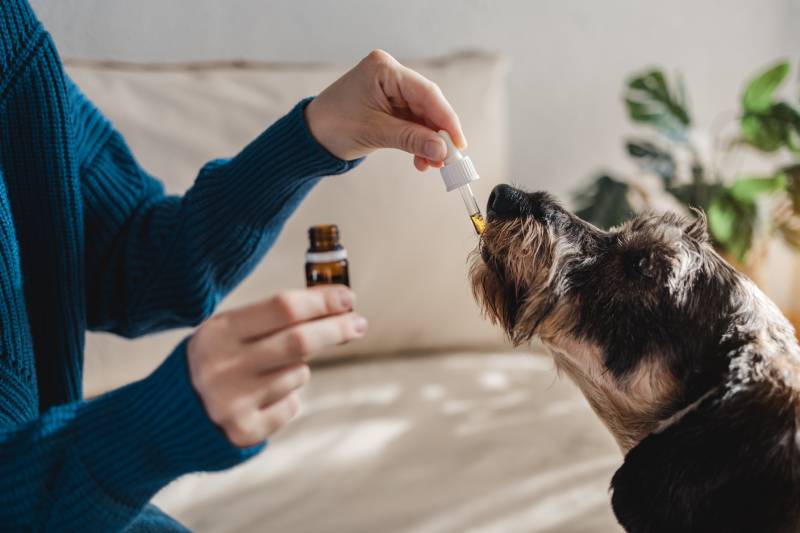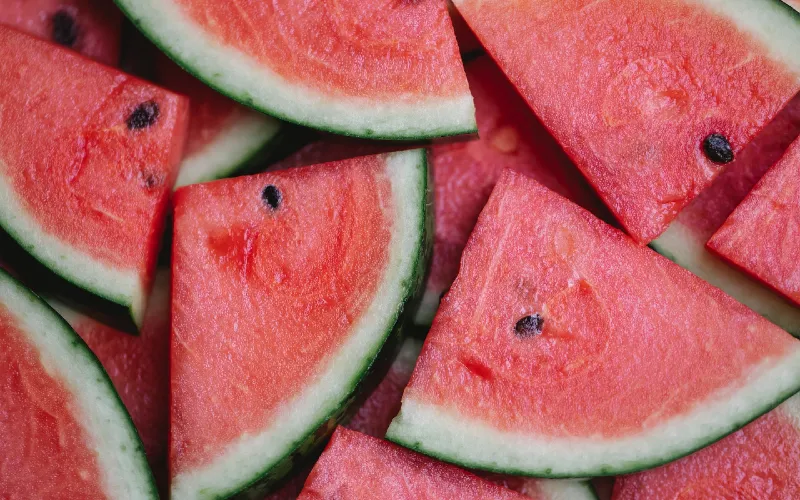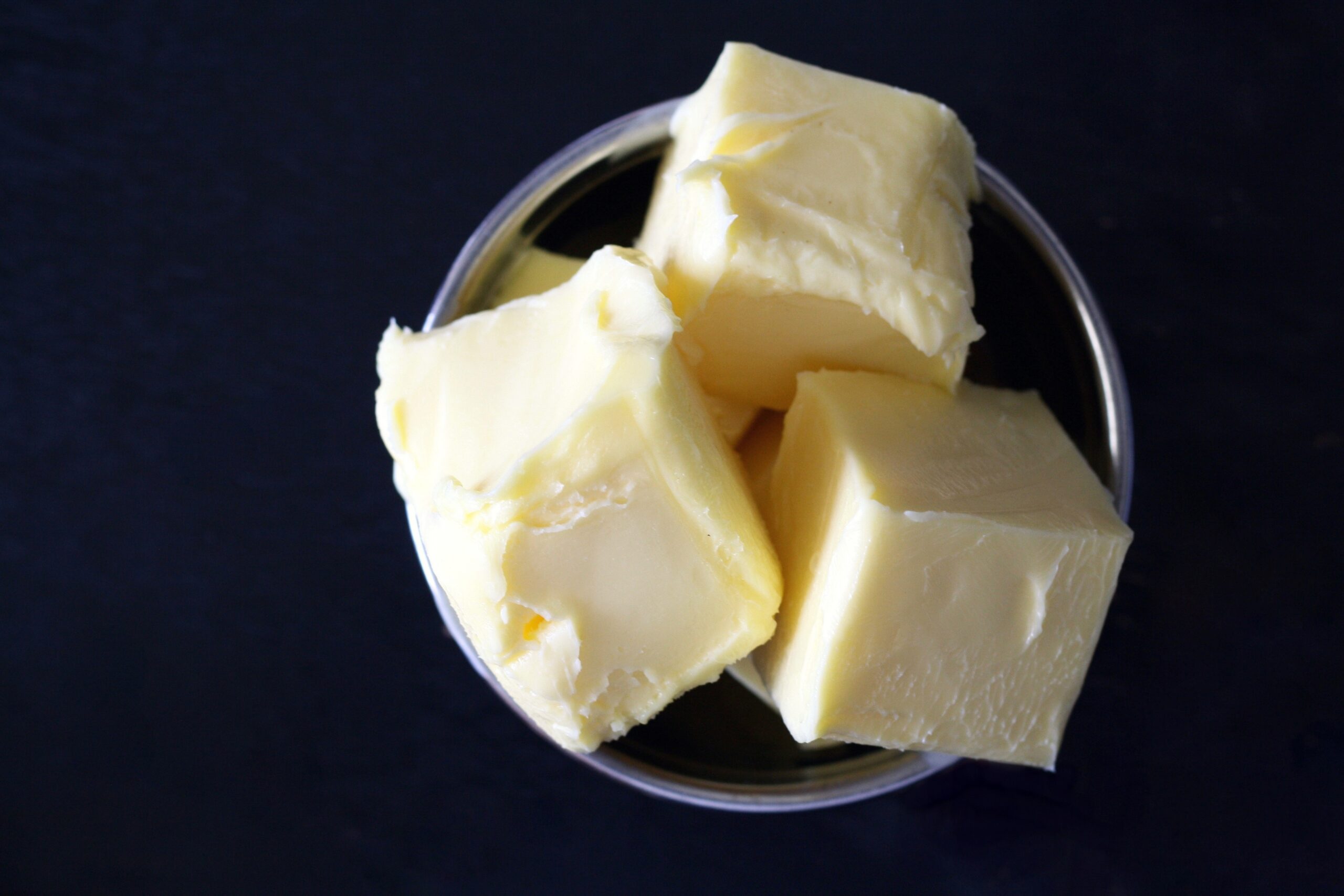How Long do Great Pyrenees Live? Vet Reviewed Average Lifespan, Data & Care
By Ed Malaker
Updated on
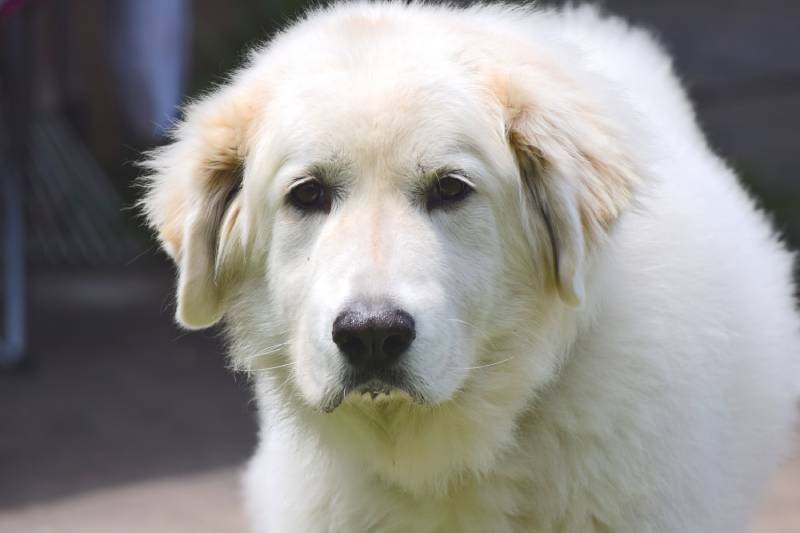
Click to Skip Ahead
The Great Pyrenees is a large working dog that can make a great pet for the right family. They are affectionate and can get along with other pets and children if you socialize them well as puppies. One of the things that many people wonder about these dogs is how long they live. The average Great Pyrenees dog’s lifespan is 10–12 years, but it can vary based on factors like genetics, diet, exercise, healthcare, and living conditions. We also provide several tips for keeping your pet healthy to help you maximize your time together.
Great Pyrenees Average Lifespan
The Great Pyrenees, or Pyrenean Mountain Dog, is a large breed from the Pyrenees Mountains bordering France and Spain. They usually stand between 25–32 inches (from floor to shoulder) and weigh between 85 and 110 pounds. Females are usually smaller than males in height and weight. They have a dense double coat with a weather-resistant outer layer and a soft, insulating undercoat. Their fur is white, but there can be badger, gray, or tan markings on the head, ears, and sometimes the body. The tail is long, and the ears are small to medium, lying flat on the head. The average lifespan of a Great Pyrenees dog is 10–12 years, but it can vary based on factors like genetics, diet, exercise, healthcare, and living conditions.
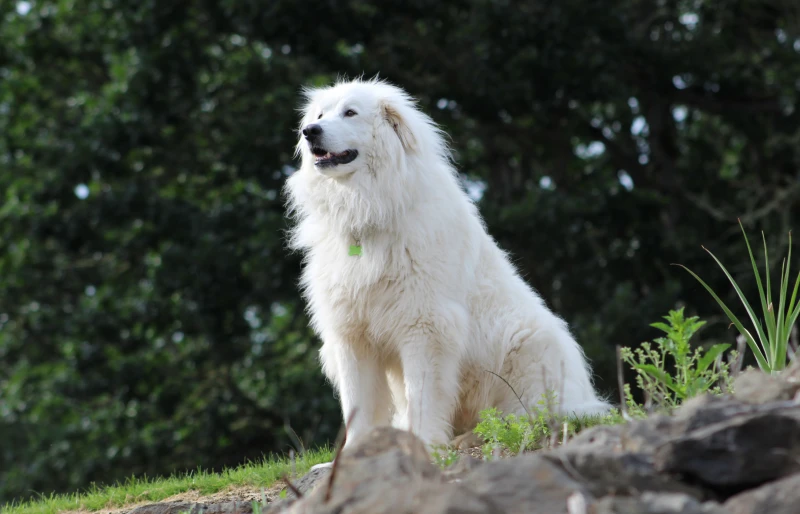
How to Care For Your Great Pyrenees for a Long Lifespan
1. Feeding & Diet
Feed your Great Pyrenees high-quality dog food that’s appropriate for their age, size, and activity level. Choose a good quality brand with real meat like chicken or turkey listed as the only protein source. Poorer quality diets will bulk out the protein content with whichever protein source is cheapest at the time, so using a single source protein diet is a good option. If your dog suffers from any allergies, knowing which protein source they have been exposed to in the past allows your vet to prescribe a novel-protein diet more easily. This can be a mainstay of allergy management. Always follow the portioning advice on the package carefully, and feed your dog at regularly scheduled times to help establish a routine. Fresh water is essential and should be available at all times. Many owners report better success using a water fountain over a bowl.
2. Environment
The Great Pyrenees is a large dog, so you will need plenty of space at home for them. They also prefer cool climates, so you’ll need to ensure that they always have access to shade and can get out of the heat. They require regular, moderate exercise to keep them fit and strong. Daily walks, playtime, and social interactions help them stay active and engaged.
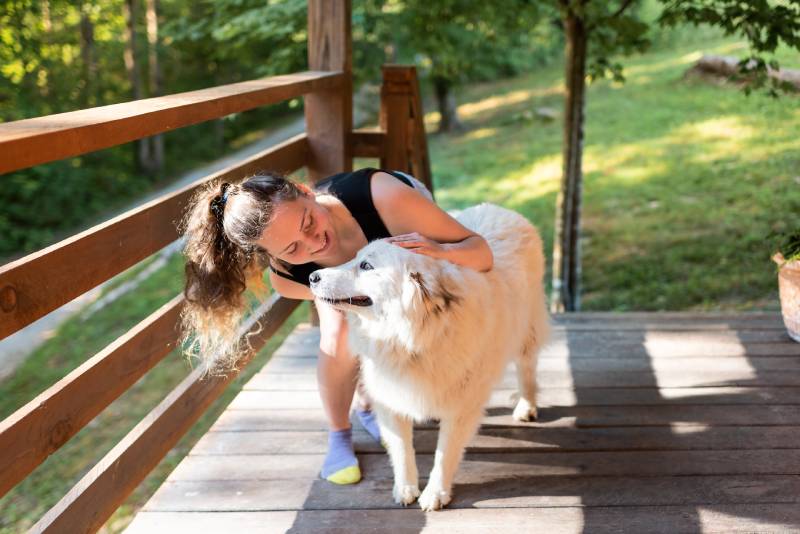
3. Care
Socialize your Great Pyrenees from a young age to help them become well-adjusted and friendly around people, other dogs, and different situations. Although dogs continue to learn socialization skills throughout their lives, puppies are maximally primed for socialization between the ages of 3-14 weeks of age. This is known as the “sensitive period for socialization” and begins when a puppy is still with its mother and littermates. However, when you bring your pup home at 8-12 weeks, you still have a number of weeks to show your new friend all the things that you want him/her not to be afraid of e.g. children, loud noises, traffic, the vacuum cleaner, cats. Start obedience training early to establish boundaries and ensure good behavior, which will help keep your Great Pyrenees safe when you are on an adventure. Positive reinforcement techniques will work well with their independent nature and help keep them focused, and scheduled training sessions will get them into a routine. Keep training sessions short and fun for the best results, and be patient, as learning a new trick can take a long time.
4. Cleaning
Regularly brush the thick coat of your Great Pyrenees to prevent matting and reduce shedding. Trim their nails as needed and clean their ears once a week or after swimming to avoid infections. Iit is best to ask a veterinary nurse to show you how this is best done. Just like us, dogs should have their teeth brushed manually as frequently as possible using dog-friendly toothpaste. This will do wonders to slow the progression of dental disease, which affects many dogs of all breeds. Bathe your dog as needed, usually every few months or when they get dirty. Note that over-bathing can strip their coat of natural oils, so don’t do it too often, and use a gentle pet-safe shampoo.
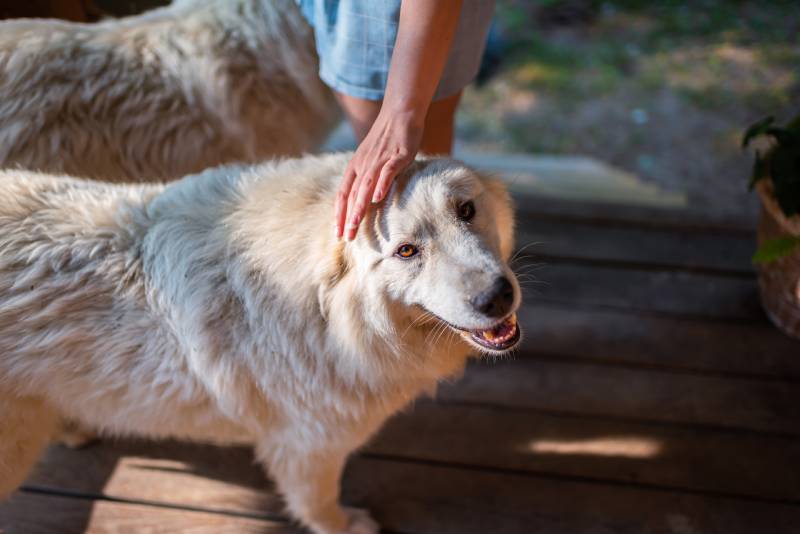
5. Pairing/Breeding
If you’re considering breeding your Great Pyrenees, do so responsibly. This includes health testing to prevent passing on genetic issues such as dwarfism. Great Pyrenees dogs intended for breeding should also be tested for hip and elbow dysplasia, and have a patellar assessment by your veterinarian. You must ensure the welfare of the puppies and parents by providing adequate space, housing, food and veterinary attention. You will also need to secure breeding rights from the breeder that created your dog, which is usually a separate fee.
6. Healthcare
Schedule regular check-ups with a veterinarian to monitor your dog’s health and catch any issues early for the best chance at a long lifespan. Keep up with recommended, annual vaccinations and medications like flea, tick, and heartworm preventives. Be vigilant for changes in behavior, appetite or activity level, as these could be signs of underlying health problems. Spaying or neutering your Great Pyrenees can also help prevent certain health issues and unwanted behaviors but this shouldn’t be carried out until your dog is fully grown, at 18-24 months, unless your vet recommends it. Life-long pet insurance is highly recommended for all dogs but especially large breeds, as unexpected veterinary bills can be very costly. Ensure you use a reputable insurance company and read the small print to ensure you understand what is excluded from your policy.
The Life Stages of a Great Pyrenees
Puppyhood (0–6 months)
Puppyhood consists of rapid growth and development. Great Pyrenees puppies will learn basic social and behavioral skills from interactions with their littermates, mother, and human family members. This life stage is when you want to safely expose them to as many people, places, and other animals as possible so they are more secure around these things as adults. You also want to begin training them to get them into a routine.
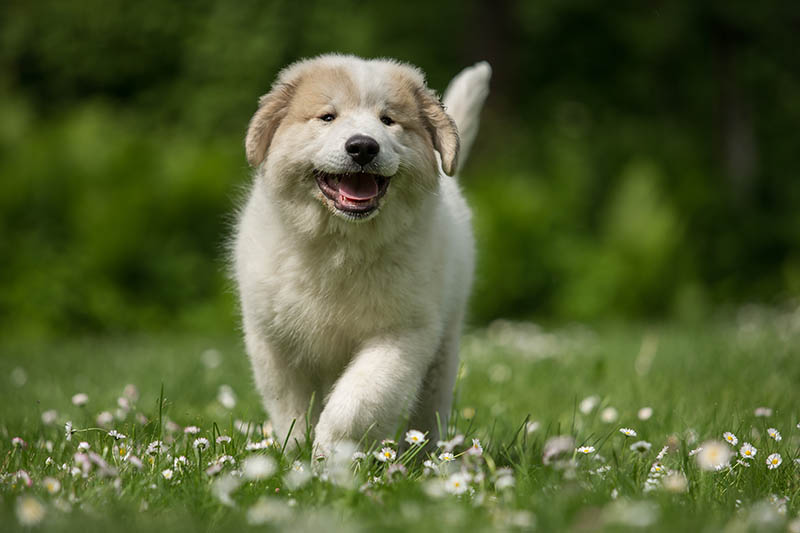
Adolescence (6 months to 1 year)
When your Great Pyrenees reaches about 6 months, you will notice that their growth slows down, and they will look more like an adult, though they might go through a skinny phase before they fill out. This stage can entail bursts of energy and increased curiosity, so training consistency is important. Adolescence is also when your dog will likely start to test your boundaries.
Adulthood (1–7 years)
By around 18-24 months of age, a Great Pyrenees generally reaches physical and mental maturity. Their energy levels become more consistent, and they settle into their adult behavior and routines. Routine veterinary care, exercise, and a balanced diet are vital for maintaining their health during this stage. Neutering your dog if breeding isn’t on the cards is best done at this age.
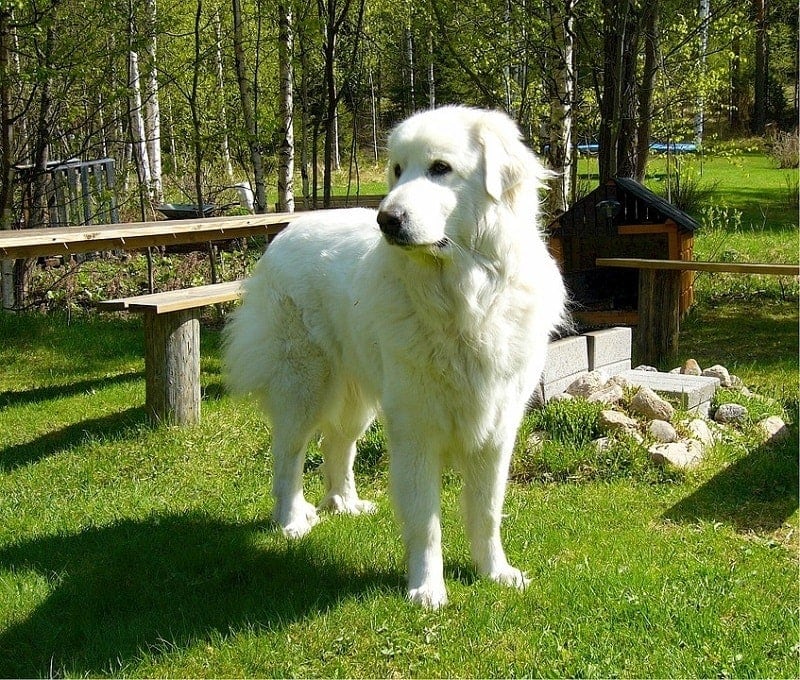
Senior Years (7+ years)
A Great Pyrenees is considered a senior around 7 years of age, and you might notice them start to slow down physically and mentally. Regular veterinary check-ups become even more important to catch and manage age-related health issues, and you will need to adjust their diet and exercise routine to match their changing energy levels and potential health conditions.
How to Tell Your Great Pyrenees’s Age
Accurately determining the exact age of a Great Pyrenees can be challenging if you don’t have access to their birthdate or records. However, you can try looking at their teeth for clues. Puppies have small, sharp, white baby teeth, known as deciduous teeth. These are usually present until around 6 months of age. Most dogs will have their adult teeth by 7 months, and older dogs will have teeth that likely show signs of wear. Your vet will be able to examine wear patterns on the teeth and give an estimate of the dog’s age. Puppies have soft, fluffy coats and plenty of energy. They are also smaller than adults. Senior dogs may have trouble seeing or hearing. It might also be hard for them to get up from a resting position, and they may have gray hairs, especially on the face.
Conclusion
The Great Pyrenees typically lives for 10–12 years, but you can help them to live as long as possible with frequent veterinary check-ups that will detect any problems early while there is time to address them. Vaccinating your dog yearly will help prevent infectious diseases. Helping your dog maintain a healthy weight by providing them with a healthy diet and plenty of exercise is also crucial for a long lifespan. Tailor their diet and exercise to their life stage for the best results, and always monitor them closely so you can report any changes to the vet.
Featured Image Credit: Ggeek, Shutterstock





